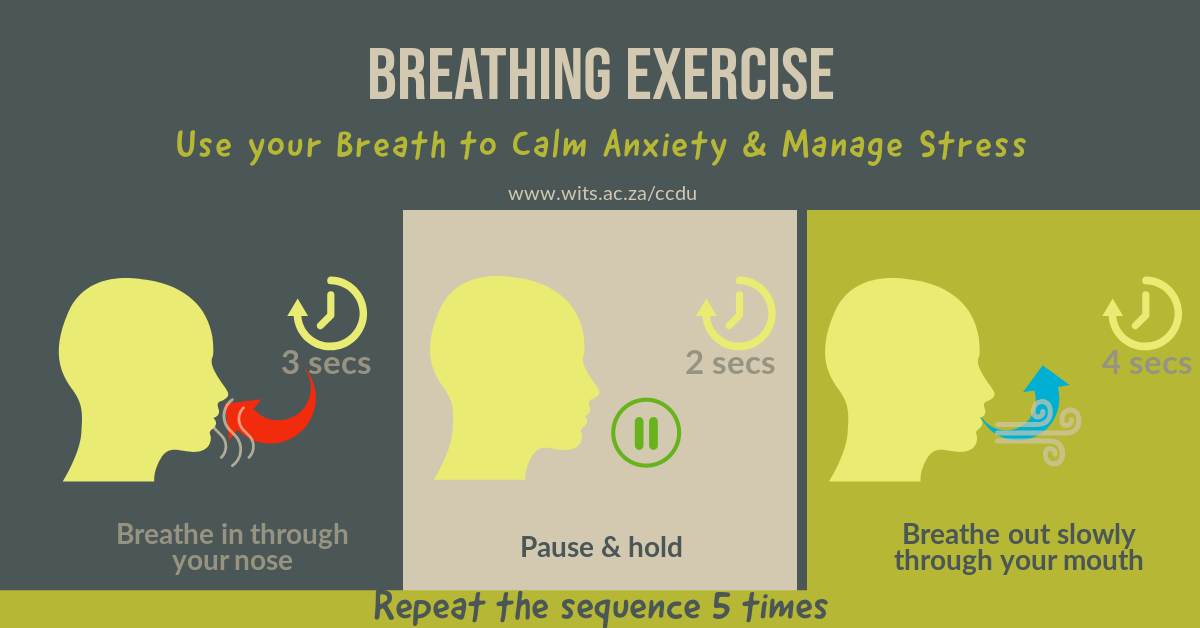Anxiety self-help: Break the cycle
People who worry a lot often find themselves trapped in a cycle of anxious thoughts. These cycles can feel overwhelming and exhausting. Unfortunately, just telling yourself to stop worrying seldom does the trick. While getting professional help is an important part of tackling anxiety, breaking the cycle of anxiety on a daily basis can also be helpful.
When you are feeling stuck in an anxiety cycle, get up and do something such as:
- Exercise
- Mindful observation
- Grounding exercise
- Deep breathing exercise
- Soften your gaze
- Perform a task you’ve been putting off



